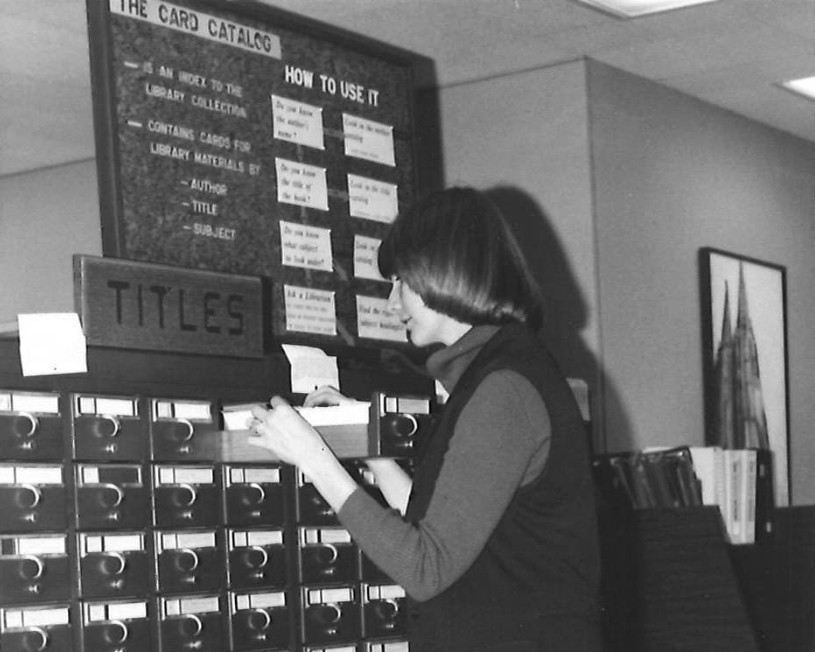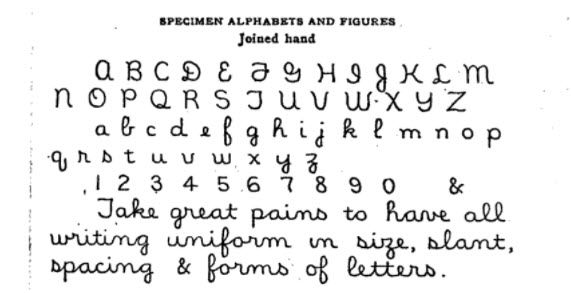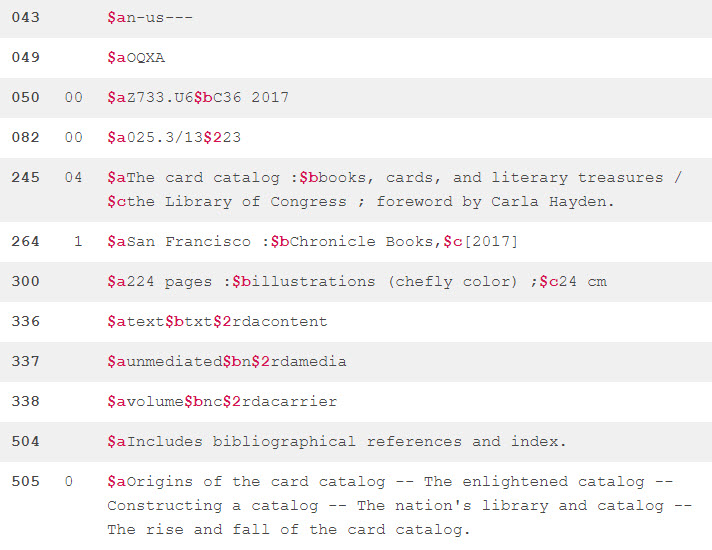
By Amy Mihelich
The WCCLS library catalog contains more than 700,000 records including boards games, mobile hotspots and, of course, books in every format – hardback, paperback, e-book, audiobook, large print. We’re able to offer Washington County residents such a robust collection thanks to the beauty of online cataloging. Read on to discover the humble beginnings of the modern-day library catalog.
1791 – The first library card catalogs are created by the Revolutionary Government in France. They used playing cards, which were at the time blank on one side and readily available.
1885 – Melvil Dewey (of Dewey Decimal System fame) invents and starts training American librarians on Library Hand – a style of penmanship designed specifically for writing library catalog cards with fountain pens. Library Hand was based on the handwriting of Thomas Edison (of lightbulbs fame).

1901 – The Library of Congress starts mass producing their catalog cards. Libraries around the U.S. could subscribe and get packages of cards in the mail to use in their own catalogs.
1967 – In an effort to automate their library cataloging operations, Library of Congress employee Henriette Avram creates the Machine Readable Card format code – or MARC – which makes it possible to move cataloging from paper cards to computers.
Freed from having to fit everything on a 3 by 5 inch index card, library catalog records could include more information about each item, giving library patrons more options for searching the catalog besides title, author and subject.
MARC is still the foundation of library catalogs today. If you want to see how it works in WCCLS’ online catalog, click on any item from a catalog search, look for the “Full Details” link, scroll to the bottom of the page and then click on “Original Record.”

1971, August 26 – Ohio University’s Alden Library takes computer cataloging online for the first time, building a system where libraries could electronically share catalog records over a network instead of by mailing printed cards or re-entering records in each catalog. That catalog eventually became the core of OCLC WorldCat – a shared online catalog used by libraries in 107 countries and containing 517,963,343 records.
WCCLS’ membership in WorldCat makes it possible for you to borrow materials from libraries all over the world via interlibrary loan.
1986, May 27, 7:00 a.m. – WCCLS libraries fire up their first shared computer catalog system. There are still 2,242 records in the catalog today from that original catalog, including a copy of The Elves and the Shoemaker at Forest Grove Public Library and Decision at Delphi by Helen MacInnes at Cedar Mill Library.
In 1998 that computer catalog system was moved or “migrated” to our current online cataloging software, Polaris.
2015, October 3 – The newest member library to join WCCLS, Aloha Community Library, merges their entire catalog into the WCCLS online catalog.
2018 – WCCLS adds a new catalog interface from the BiblioCommons company. The user-friendly interface lets you see which formats (e.g., e-book, audiobook) are available for a specific title, rate books and share booklists.
Today – The WCCLS library catalog contains 702,776 records. Library staff at all 16 library locations catalog an average of 766 new items every day, from Shakespeare’s collected works to sound effects, anime to air fryers, readalongs to roadmaps. This critical work makes it possible for you to place holds online and borrow items from any Washington County library and for our courier team to seamlessly move materials around the county.
Amy Mihelich is a cataloging librarian at WCCLS, where she is a member of a small team that maintains and improves the online catalog system, repairing problems and making sure things stay organized. Her favorite Dewey Decimal Number is either 910.452 (Shipwrecks) or 391.413 (Shoes).
Sources:
Bryant, Malika and Kate Mason (2021, September 3) Ohio University libraries’ extraordinary legacy as the first library in the world to catalog online.